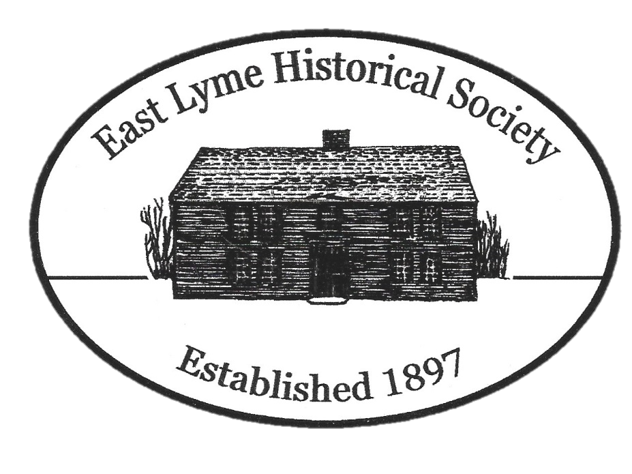Rocky Neck State Park
The 710 acres of Rocky Neck State Park encompass land that, in the 19th century, supported a stone quarry owned by James Luce and Thomas Hoskins and a dairy farm owned by the Luce family. The family farmhouse still stands near the entrance to the park. In 1852, a single track was cut through the property for the new railroad. This was widened and realigned in 1889, and the stone excavated from the ledge to accommodate the new tracks was used to build a pier for the quarry operation.
In 1902, the Niantic Menhaden Oil and Guano Company occupied much of the property. The fish would be unloaded from large ships at the pier, then travel up an inclined tramway to the mill. Once the fish oil had been steamed out, the remains of the fish would be dried for fertilizer. The operation ran around the clock, from May to November, and the resulting odor could be smelled as far away as Flanders. An article in the New London Day, published on February 1, 1930 stated: “In years past the malodors of this establishment have nauseated shore dwellers and, failing relief by legal means, the works have twice been set on fire.”
After the company went bankrupt in 1922, a local developer named Charles Brockett operated a campground on the property for several years. The Connecticut General Assembly first considered purchasing the land in 1929, but the effort was blocked by supporters of another coastal property in Groton (now Bluff Point State Park). Ten men, including members of the State Park and Forest Commission, were so determined that the property be set aside for the enjoyment of the public that they risked their own money to hold the property until the Assembly voted to approve the purchase in 1931.
Work soon began on the public buildings of the new campground and beach. A bathhouse was built in 1932, and a new entrance road opened in the spring of 1934. The road section on the eastern edge of the marsh, now used for bicycles and pedestrians, was built by the Civilian Conservation Corps in 1934. The CCC also worked with members of the park staff to build the administration building, and create campsites and camp toilets. Beginning in 1934, with federal money and manpower from Federal Emergency Relief Administration, Civil Works Administration and the Works Progress Administration, and a ten percent contribution from the state, the Ellie Mitchell Pavilion was constructed overlooking Long Island Sound. Nearly all of the materials for the pavilion came from state owned lands. Stones were used from the Niantic Menhaden building, from stone walls on the property, and from local quarries. (At least one Niantic quarryman, Walter Brailey, claimed that the government never paid him for the stones.) The flagstones used to pave the walks and terrace of the pavilion came from Devil’s Hopyard State Park in East Haddam. Each of the state’s parks and forests in existence at the time supplied a tree for the interior wooden pillars.
E. Royal Marshall transferred to Rocky Neck from Devil’s Hopyard to oversee daily operations during the construction phase. He became the first park ranger of Rocky Neck, and served until his retirement in 1971. More recent construction at the park includes the East Bathhouse, built in 1966, and the West Bathhouse, built in 1973 on the site of the original 1932 building.
The Rocky Neck area has been known for generations for its abundance of wildlife. Bride Brook meanders through a wide salt marsh on the eastern side, attracting osprey and fish hawks in the spring, and snowy egrets, herons and migratory birds in the fall. On the western side, Four Mile River flows to Long Island Sound. Trails crisscross the ridgeline, with many points of interest along the way. One of these, Baker’s Cave, is supposedly named for a local man who hid in the cave to avoid military service during the American Revolution.
